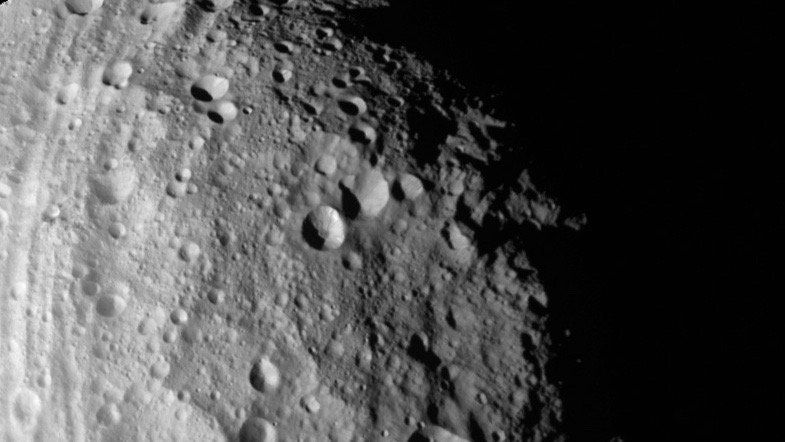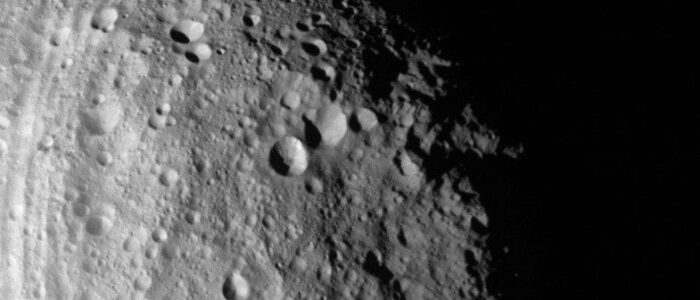Asteroid 2000 WO107 is a very large asteroid passing Earth on November 29, 2020. The passage of asteroids close to the Earth has always been an exciting phenomenon. It has always been regarded with much interest mingled with apprehension. Many asteroids make their way past Earth. But very few pass with such great speed and proximity to the Earth as Asteroid 2000 WO107.
It’s speed is a sizzling --,--- (--,---).
Where is Asteroid 2000WO107 now?
3D Web App
This space rock predicted to pass from near our planet this year has piqued much interest. Although Asteroid 2000 WO107 won’t be visible to the naked eye, you can spot it with a telescope. With an estimated size of 500 meters, the asteroid is forecasted to fly by on November 29. Its passage will be closer to Earth than that recorded in its previous passes. This provides an excellent opportunity for its study. Moreover, astronomers predict that its passage will get closer to Earth in the future.
Asteroid 2000WO107 is currently --,--- from us, getting --,--- --,--- us every second. It flies past Earth at --,--- (--,---).
Fun Facts about Asteroid 2000 WO107
- Astronomers have classified 2000 WO107 as a “Potentially Hazardous Asteroid” (PHA). This is because it is predicted to have close flybys with Earth in the future.
- This space rock has been estimated to be half a kilometer in diameter. This is quite large when compared to most asteroids.
- Its elliptical orbit is very close to the Earth’s orbit, making it an Aten Class Asteroid.
- The asteroid completes its orbit around the sun every 318 days.
- It will hurtle past Earth at almost 11.9 times the distance between our moon and our planet.
- Astronomers have classified it as a Near Earth Asteroid (NEA).
- Astronomers expect 2000 WO107 to fly by at an extraordinary speed of 56,080 miles per hour. (90,252 kilometers per hour or 25.07 kilometers per second).
- Space experts predict it to have 28 close approaches with our planet in the coming decades. Each of its passes will make it closer to our planet!
- Besides its passage near Earth, it is also expected to make close passes near Mars, Mercury, and Venus.
Since midnight last night Asteroid 2000WO107 is --,--- --,--- us. Since you started looking at this page it is --,--- --,---.
The Approach and Study of 2000WO107
The approach of this asteroid in November will be the closest to our planet to date. Thus, it presents a golden opportunity for its study by astronomers! Experts plan to analyze its composition and shape. They will do this by bouncing radar signals from its surface. They will then study the reflecting signals. NASA JPL predicts that it might be of metallic composition or an optically dark rock. If it is the latter, it will be difficult to spot in the visible light part of the electromagnetic spectrum.
The official name for the Asteroid is (153201) 2000 WO107.
*This Interactive 3D Simulation is built on data provided by NASA JPL HORIZONS database for solar system objects and International Astronomical Union’s Minor Planet Center. Distances and speeds are estimates based on this data.
Photo Credit and other: NASA, ESO/S. Brunier, NASA/JHUAPL/SwRI, NASA/JPL-Caltech, JAXA, University of Tokyo & collaborators, UH/IA, Solar System Scope/INOVE CC BY 4.0, Wikipedia/Creative Commons Attribution-ShareAlike License, icons8.com, Péter Eke, NASA/Goddard/University of Arizona/Roman Tkachenko, Wikimedia Commons, Hayabusa 2 Arrival illustration by Akihiro Ikeshita (permission granted), oNline Web Fonts, Font Awesome, Galaxy vector created by stories – www.freepik.com


